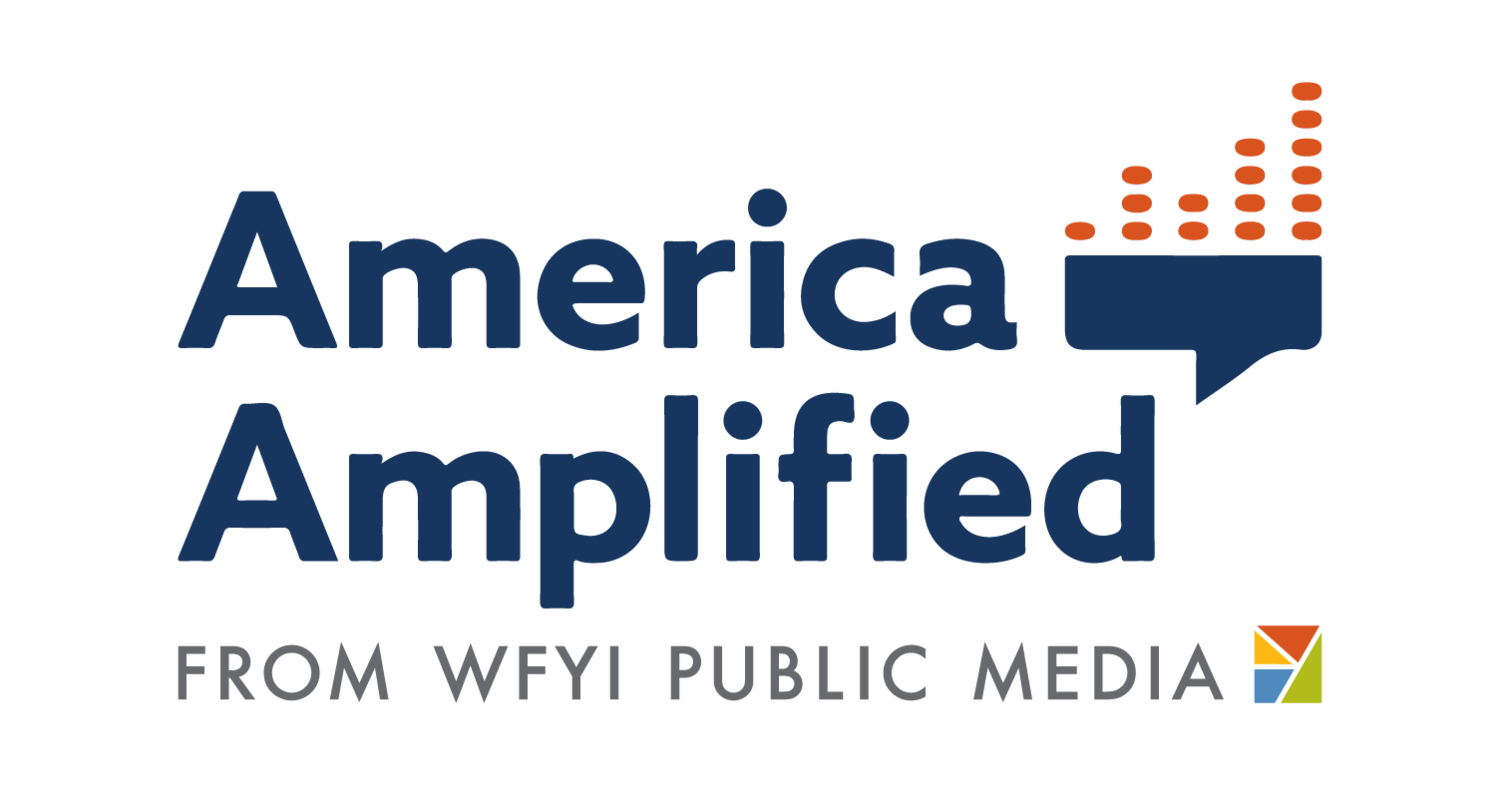How a memorandum of understanding can be your partnership road map
Chelsea Naughton for America Amplified
We get it: Partnerships are hard.
Many media organizations are rethinking what it means to create journalism and “break news.” They are beginning to see themselves not just as purveyors of information but potentially as civic hubs, gathering spaces and community conveners. It’s a necessary shift to restore trust in our work and, for public media, to reimagine our funding models, but it’s work we can’t do alone. We have to partner in order to succeed.
Collaborating with community organizations gets us closer to the communities we want to reach. Community groups have access we don’t have, and their communities trust them in ways they don’t trust us. People in those organizations often have the expertise and lived experience to teach us to do our work better. Media groups, too, can be good partners. Collaborative journalism is on the rise (a journalism collaborative won this year’s Local News Pulitzer). Partnering with another media outlet can extend your work’s reach for both of you, allow you to share resources, and save yourselves from duplicating efforts.
As public media becomes more collaborative, both with community organizations and with other journalism organizations, stations have to articulate what that collaboration means for them. What kind of work will they be doing with community groups? What’s the goal? What actions will be needed to reach that goal, and who will be responsible for performing them?
Luckily, there is a tool for this: a memorandum of understanding.
A memorandum of understanding (or MOU) is an agreement between two or more parties. It is not as formal as a contract. On a practical level, though, an MOU can be your roadmap to the project your station wants to carry out with a partner, or partners. And just like any news story, an MOU requires answering the basic journalistic questions: Who, what, when, where, why, and how.
WHAT is the project you’re planning to do?
WHY are you doing the project?
HOW are you going to get it done?
WHO is involved, and what are they responsible for?
WHERE will this project take place? If the outcome is a story, or a series, where will the completed pieces live?
WHEN will the work be done? Is this an indefinite partnership, or is it time-bound? When are your major deadlines?
Working with your partner/s to answer these questions will get you all on the same page about your vision, your purpose, your goals, and your responsibilities as you work on your project together. It may seem like a lot of work on the front end, but it makes things run much more smoothly when you get to the project itself.
One last tip: Consider the MOU a “living document.” It’s possible that major changes might arise over the course of the project, like changes to personnel or capacity or external factors (like natural disasters). That’s okay. The MOU is not meant to force you to stick to your prescribed plan, but to help you and your partner communicate on challenges and agree on how to address them as you work to complete your goal.
If you’re ready to start working on your own MOU, America Amplified has resources to help. Check out our Partnership MOU template, which describes the different elements of an MOU and which you can edit to suit your own purposes, and a sample MOU, created with the help of engagement expert jesikah maria ross, who has written many an MOU in her time as a professional engager.


